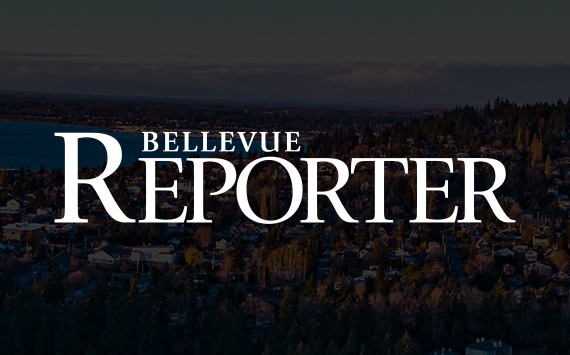Recent negotiations with Sound Transit may soon pay off, as officials from that agency will join the Bellevue City Council next week to publicly discuss mitigation for East Link light-rail.
Recent weeks have seen more cooperation between the two agencies as the Sound Transit Board of Directors closes in on its final alignment decision, possibly reaching it as early as its July 28 board meeting.
Bellevue council members came public with this information last week after numerous executive sessions and meetings between representatives of Bellevue and Sound Transit. Several citizens voiced concerns about the process being done behind closed doors. They wanted to see the fruits of these negotiations.
“I don’t intend for this to be a closed-door process,” said Council Member Jennifer Robertson. “If we are able to come up with a cooperative solution then we will take it out to the public.”
Many saw this information as a sign that Bellevue is backing off its preferred alignment that runs along the BNSF corridor into downtown. But that’s not the case, some council members have said.
“We haven’t dropped the B7 route,” said Council Member Kevin Wallace, one of the leading proponents of the route. “The B7 route is still the city of Bellevue’s preferred route.”
According to Sound Transit’s Final Environmental Impact Statement, the original B7 route does not meet the federal “Least Harm” analysis, which takes into account environmental impacts, cost and how well each alternative meets the goal of high ridership. According to the document, the original B7 would be disqualified because of its comparably lower ridership or higher cost.
“Under the criteria that was part of that analysis the B7 alternative was not identified as an alternative that would be suitable for moving forward with,” said Sound Transit spokesman Geoff Patrick.
This analysis did not include the city’s revised route, which has similar ridership numbers as Sound Transit’s option, but at a higher cost. It remains unclear how this analysis would apply to the city’s B7-revised route because Sound Transit declined to include a modified version in its final environmental document, Patrick said.
Despite the route difference, many involved in the process recognize that since the release of Sound Transit’s Final Environmental Impact Statement last week, time is running out.
Several council members hoped Sound Transit would put off its decision until September to allow for more time to fully negotiate a downtown tunnel and other details, including mitigation.
Mitigation will likely be the key word for the next several years. Any route will have to feature intensive work to restore areas that may be impacted by rail. Much has been said about the residential impacts. But historical and environmental impacts will play an important role.
Sound Transit’s preferred alternative will have impacts on the Winters House, Mercer Slough, and Surrey Downs Park and other Northeast Second Street parks. Council members spoke of the need to minimize these impacts. With the increased negotiations between Bellevue and Sound Transit, the hope for many is to get the “exceptional mitigation” Bellevue has pushed for throughout the process.


